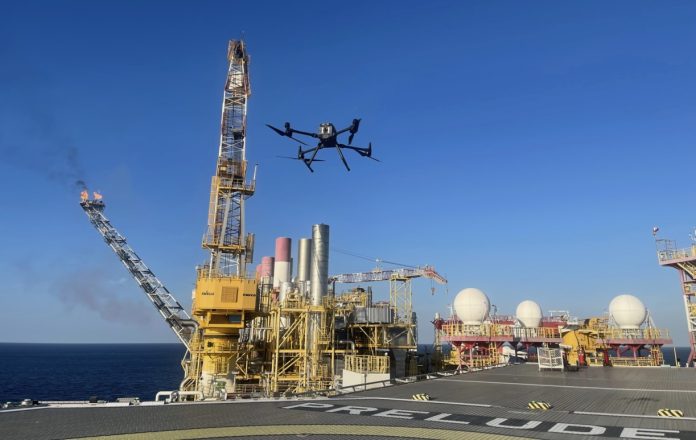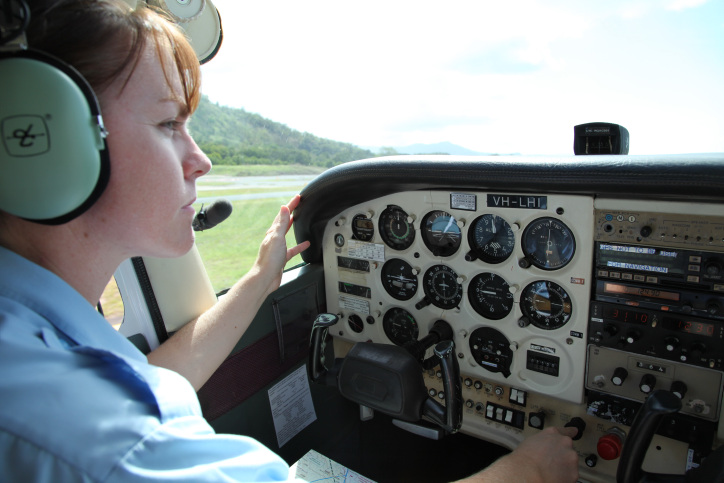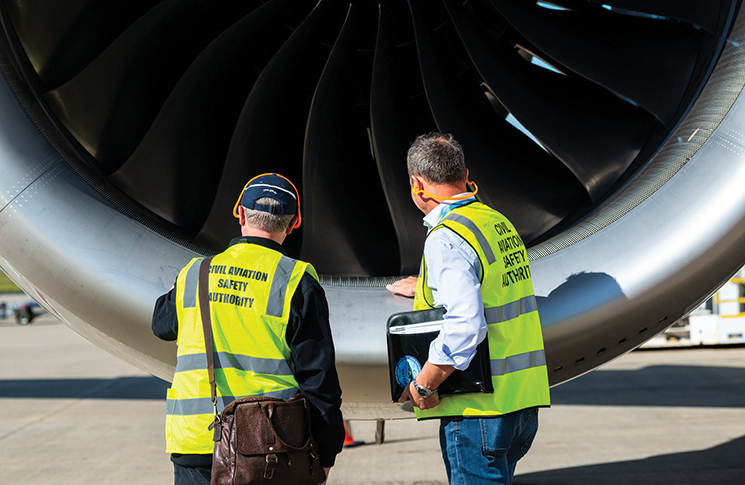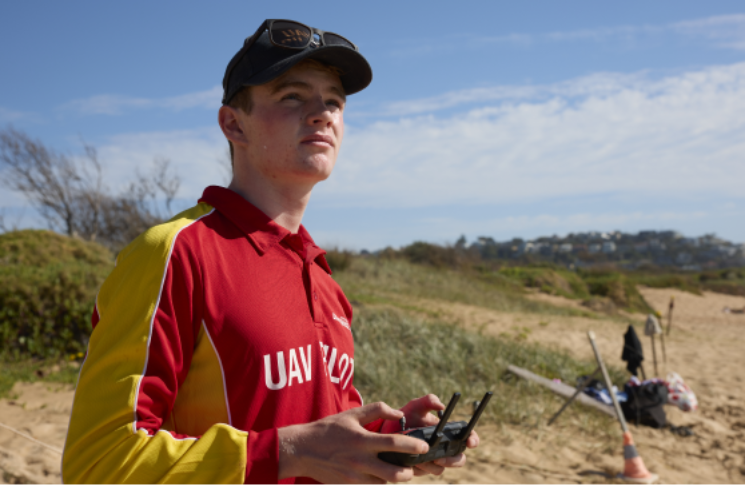A modern-day entrepreneur exploring the future of aerial intelligence.
The 1985 film, Back to the Future, promised us flying cars and hoverboards by the turn of the century.
Well, we haven’t interviewed a time traveller for this edition of the Drone flyer diaries, but rather Ronnie Fahy.
Ronnie is a modern-day entrepreneur, bridging the gap between traditional aviation and remotely piloted aircraft (RPA), by gathering aerial intelligence using RPA in beyond visual-line-of-sight (BVLOS) operations.
He’s the CEO of Xplorate Pacific, an organisation working with companies to provide uncrewed aerial intelligence gathering services using large drones developed for the energy, infrastructure, surveillance and logistics industries.
Xplorate holds a remotely piloted aircraft operators’ certificate (ReOC) to undertake commercial drone operations and holds additional CASA approvals to fly beyond visual-line-of-sight.
‘The benefit of using RPA is very safety oriented, we’re not putting people in the sky,’ he says. ‘For example, this tech allows us to fly closer to powerlines when undertaking line surveying, new line construction or repairs.
‘The extra benefit is getting more accurate data, meaning high-quality actionable insights, lowering CO2 emissions and reducing costs for our clients.’
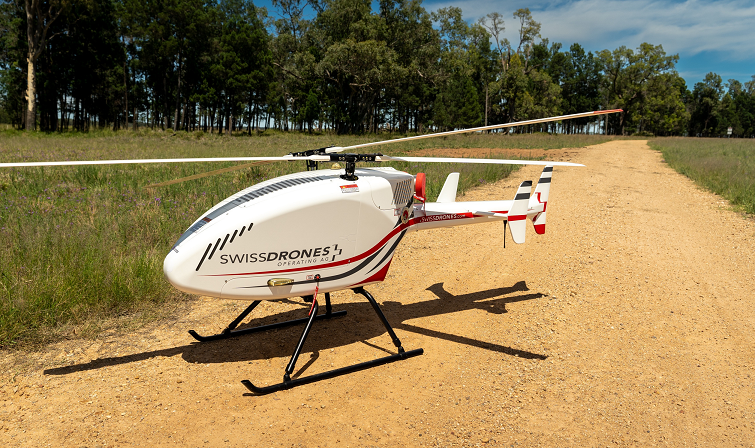
The SwissDrones SDO-50 can carry multiple payloads and very high-fidelity data. This means that the drone is equipped with sensors and technologies capable of capturing detailed and accurate information about the surroundings. This could include data related to the landscape, structures, powerlines, or any other features relevant to the tasks undertaken by the drone.
‘This is equivalent, if not better, than the traditional crewed airplane or helicopter,’ Ronnie says.
‘Only recently, we are seeing huge changes in the energy, logistics and powerline industries. Helicopters are coming away from powerlines completely.
‘I’m convinced that in 10 years, you’re not going to see a human in a helicopter working on powerlines. And it’s all benefiting safety.’
Ronnie highlights the importance of having an ongoing relationship with CASA in the commercial sector.
‘Technology is fast-moving, especially the RPA industry. but you can’t just buy a drone and think that you can do anything and everything with it,’ he says.
‘We’re in an innovation cycle, drones are becoming more focused, and purpose built. But it takes time to implement processes for safety.
‘CASA has been pragmatic and practical with us, and I think it’s helped that we keep each other informed about what we’re doing.’

When we asked Ronnie what his key drone safety tip is, he explains that safety doesn’t have to be technical or hard to understand.
‘We keep it plain. If you don’t know, don’t go, or go find out,’ he says.
‘There’s a rule for everything, which in our industry is essential. It’s just a matter of learning the drone safety rules, which are clear as day on the CASA website.’
If you are interested in being a Drone flyer diarist, email safety.promotion@casa.gov.au
- Images supplied by Xplorate

